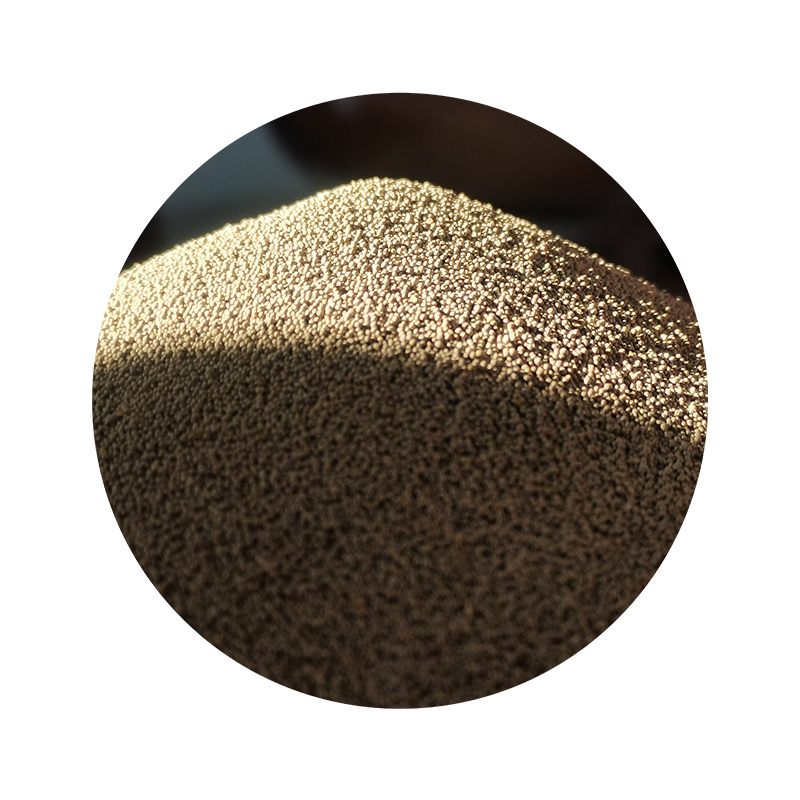The Benefits of Sand Casting An In-Depth Look
Sand casting, a time-honored metallurgical process, has been employed for centuries to create intricate metal components and structures. It involves forming a mold from sand, into which molten metal is poured to create a desired shape. This method is not only versatile but also offers numerous advantages that make it a popular choice across various industries. In this article, we will explore the key benefits of sand casting, illustrating why it remains a preferred technique in modern manufacturing.
1. Cost-Effectiveness
One of the primary advantages of sand casting is its cost-effectiveness. The materials required for sand casting, such as sand and clay, are relatively inexpensive and readily available. This makes the process economically viable, especially for producing large quantities of parts. Additionally, the simplicity of the method allows for low production costs, as it does not require expensive tooling or complex machinery. As a result, manufacturers can achieve significant savings when choosing sand casting for their production needs.
2. Versatility in Material Selection
Sand casting is highly versatile when it comes to materials. It can accommodate a wide range of metals, including aluminum, brass, bronze, and iron. This adaptability allows industries to select the most suitable material based on their specific requirements for strength, weight, and corrosion resistance. Furthermore, sand casting can be used to create both ferrous and non-ferrous components, making it a favored choice in diverse sectors, including automotive, aerospace, and construction.
3. Capability to Produce Complex Shapes
Another noteworthy benefit of sand casting is its ability to create complex shapes and intricate designs. The fluid nature of molten metal allows it to fill detailed mold cavities, resulting in precise reproductions of the desired form. This capability is particularly advantageous for producing parts with intricate geometries, which might be challenging or costly to achieve through alternative methods such as die casting or forging. The flexibility in design enables engineers and designers to innovate without being constrained by manufacturing limitations.
sand casting benefits

4. Scalability and Adaptability
Sand casting is inherently scalable, making it suitable for both small-scale production runs and large batch manufacturing. For prototype development or low-volume production, sand casting offers a quick and efficient solution without the need for extensive retooling. Conversely, for high-volume production, manufacturers can easily adapt their processes to increase output, ensuring efficient use of resources. This scalability is crucial in a manufacturing landscape where demand can fluctuate rapidly.
5. Environmentally Friendly
As sustainability becomes increasingly important in manufacturing, sand casting presents an environmentally friendly option. The primary material used—silica sand—can be recycled and reused. This reduces waste and minimizes the environmental impact associated with the production of new materials. Additionally, sand casting generates minimal fumes, which helps to maintain a healthier workplace compared to some other metal casting processes involving toxic substances.
6. Low Lead Times
In today's fast-paced market, lead times are critical. Sand casting allows for relatively short lead times, especially when producing prototypes or custom parts. The simplicity of mold-making, especially for smaller batches, means that manufacturers can quickly respond to client needs and adapt to changing requirements, thereby enhancing overall competitiveness.
Conclusion
In summary, sand casting presents an array of benefits that make it a valuable method in the manufacturing process. From its cost-effectiveness and versatility in material selection to its capability for producing complex shapes, sand casting meets the demands of various industries effectively. Its scalability and environmentally friendly characteristics further underscore its relevance in modern manufacturing. As technology advances and the need for sustainable practices grows, sand casting will undoubtedly continue to play a vital role in shaping the future of metal production.
Post time:ნოე . 19, 2024 23:49
Next:sand casting stainless steel
